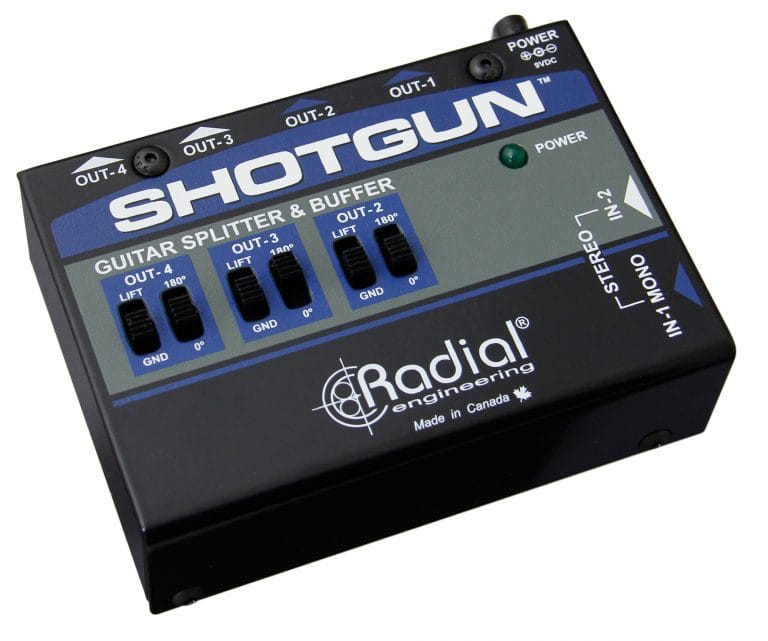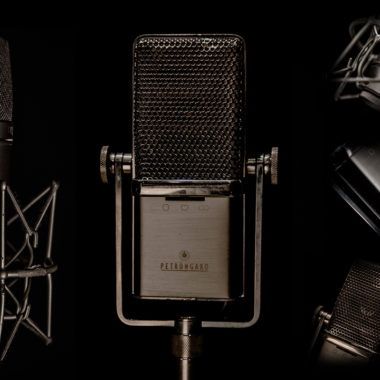

If you are not a guitar player, or are not particularly familiar with amps, pedals and microphones, the idea of digging into a vast collection of emulations like GTR3‘s amp collection can seem daunting. It can be a track-saving tool to add tone and character where the original recording may have been lacking.

When a recorded guitar needs more grit or gain, more warmth or more twang, re-amping is often the best course of action. This shapes the tone and adds anywhere from subtle, pleasant harmonic distortion to the heavy, fuzzy distortion that we know and love as being characteristic to electric guitars and basses. The sonic differences between a guitar recorded directly into a recording preamp with no additional processing, and one recorded through a guitar amp with speaker cabinet, lies in the complex frequency response and harmonic characteristics inherent to the multiple stages of amplification circuitry in an amplifier, along with a loudspeaker moving air from within a speaker cabinet. Re-amping to shape tone in ways EQ cannot With digital emulators, you also have a huge collection of amps, cabinets and mic configurations at your fingertips that you may never find together in one studio. Luckily, undergoing the same process within your DAW is much easier and free of gain staging, cabling, grounding issues, unwanted hums and buzzes and can produce the same, if not more desirable results.
#Reamp di combo professional#
As professional analog audio is balanced and low-impedance, and instrument signals are generally unbalanced and high-impedance, the audio signal needs to be converted for compatibility this is the exact function of a DI, or direct injection box, but rather than converting an instrument signal for use in a recording console, re-amping converts audio in the opposite direction. To accomplish this using analog signals, impedance and gain considerations are of the utmost importance. Re-amping is the process of sending a previously recorded guitar or bass signal into an amplifier and accompanying loudspeaker to be enhanced, re-recorded and blended back into a mix.
#Reamp di combo how to#
See our top tips for how to re-amp during the mix. Is your recorded guitar or bass tone not making the cut? Re-Amping may be the perfect solution to shape your tone after-the-fact in ways that EQ can't.


 0 kommentar(er)
0 kommentar(er)
